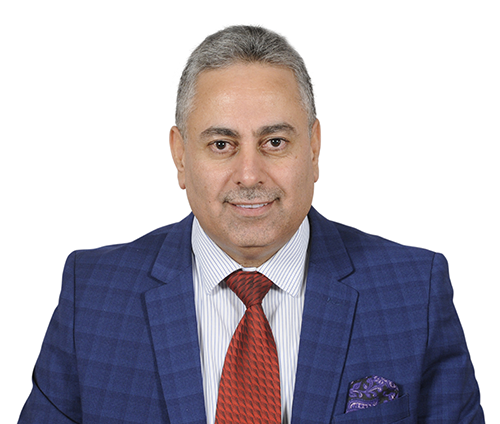
There are a very limited number of assessment tools in the area of expressive language that have been developed in Arabic. Appropriate assessment is necessary for effective planning and remediation in the field of speech-language pathology. Therefore, the development of such instruments is imperative.
The development of linguistically appropriate and culturally sensitive assessment tools will probably continue to be one of the major challenges facing speech-language pathologists who work with Arabic speaking populations for years to come in both the Middle East. Furthermore, the Middle East and its people are becoming more prominent in current worldwide events and are receiving attention in educational, social, medical and political venues.” (Al-Sabi, 2007, in press).
An accurate diagnosis is the main and fundamental pillar for developing appropriate treatment plans in the fields of speech-language pathology and special education. This requires the availability of standardized assessment tools and tests appropriate to the cultural, social and linguistic environment. As is known to all speech-language pathologists and special education therapists, there is a huge shortage in the availability of standardized tests necessary for evaluation and diagnosis in the Arabic language. From here, I developed and standardized the Saudi Expressive Vocabulary Test to help, even if only slightly, in improving the level and quality of assessment in the field of speech and language pathology. This test is considered the first of its kind standardized on Saudi children, as the test was standardized in the city of Jeddah in the Kingdom of Saudi Arabia.
This test is designed to assess expressive vocabulary skills for children between the ages of three years and five years and eleven months.
\Considering the Coronavirus pandemic, which we are still going through, I made an electronic version of the test to facilitate obtaining the test and enable specialists to use the test. I hope that this test will help in improving the level of assessment and diagnostic services in the Arabic language. In conclusion, I like to extend my sincere thanks and gratitude to everyone who helped me develop and putting out this test.
Attachments